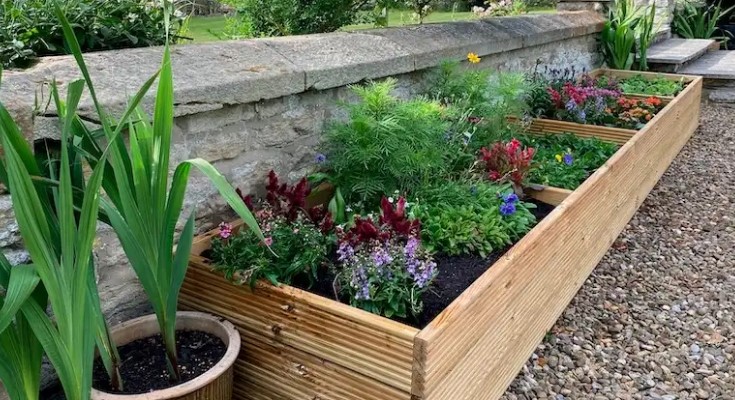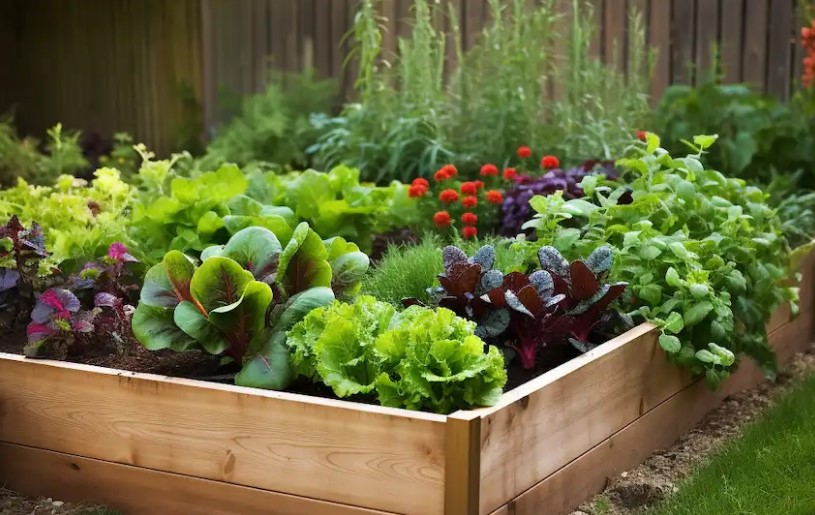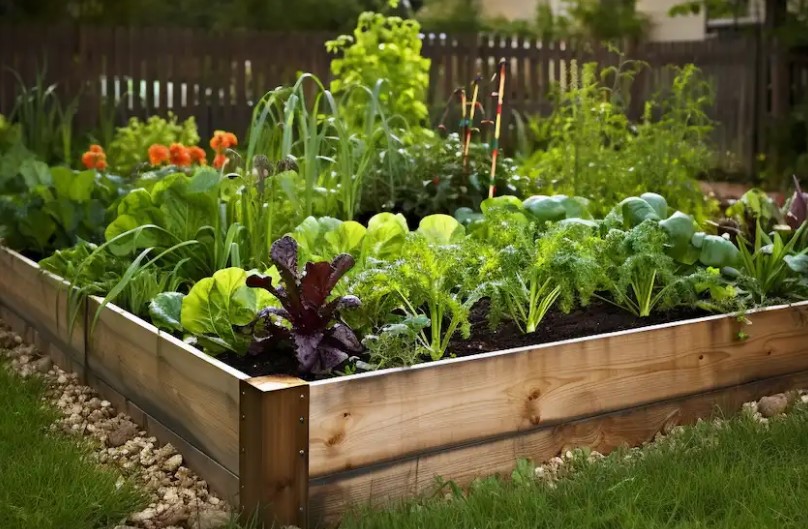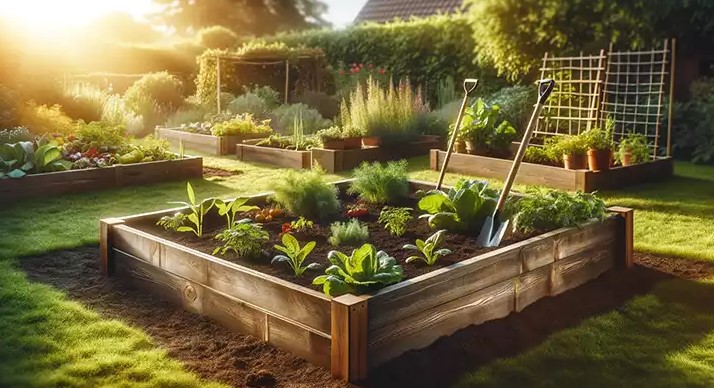Elevating your gardening game is easier than you might think. Raised bed gardens are a fantastic solution for gardeners looking to improve their growing conditions, ease of access, and overall aesthetic. They offer excellent drainage, keep your garden organized, and can even help ward off pests. This comprehensive guide will walk you through creating a simple, yet effective raised bed, ensuring you’re well on your way to a bountiful harvest.

I. The Advantages of Raised Bed Gardening:
Enhanced Soil Quality :
Raised beds allow you to control the soil environment, enabling you to fill your garden with the best soil mix, rich in nutrients and perfectly textured for your plants’ needs.
Optimal Drainage :
The elevated structure prevents waterlogging and ensures your plants’ roots are in optimal conditions, promoting healthy growth.
Pest Control :
Raised beds can deter certain pests, such as slugs and snails, and with additional barriers, even burrowing animals can be kept at bay.
Accessibility and Ergonomics :
Gardening in a raised bed means less bending and stooping, making it easier on your back and more accessible to people of all ages and abilities.
II. Designing and Planning Your Raised Bed:
Location :
Choose a spot that receives ample sunlight (at least 6-8 hours a day). Consider the proximity to water sources and the overall compatibility with your garden’s design.
Size and Shape :
Determine the size based on your space and needs. A common size is 4 feet by 8 feet, allowing you to reach the center from both sides easily. However, the size can be adjusted to fit your space.
Materials :
Select materials that are durable and safe for growing food. Untreated cedar, redwood, or even bricks and stones are excellent choices.
III. Building Your Simple Raised Bed:
Materials Needed :
- Lumber or your chosen material (e.g., untreated cedar)
- Screws or nails (if using wood)
- Drill (if using screws)
- Soil mix (a blend of garden soil, compost, and peat moss or coconut coir)
- Mulch (optional, for weed control and moisture retention)
- Gardening tools (spade, rake)
- Plants or seeds

Step 1: Construct the Frame
Cut your lumber to the desired lengths. For a 4×8 foot bed, you’ll need four boards (two 8-foot lengths and two 4-foot lengths).
Assemble the frame by attaching the boards at each corner. If using wood, pre-drill holes to prevent splitting and use screws or nails to secure the corners.
Step 2: Prepare the Site
Remove any grass or weeds from the chosen location.
Lay down cardboard or landscape fabric to suppress any residual weed growth.
Position your frame on the prepared site.
Step 3: Fill with Soil
Fill the frame with your soil mix, ensuring it’s level and free of clumps.
Consider a mix of one-third garden soil, one-third compost, and one-third peat moss or coconut coir for an optimal growing medium.
Step 4: Plant Your Garden
Plan your plant layout, considering the height, spread, and compatibility of different plants.
Plant your chosen seeds or seedlings according to their specific depth and spacing requirements.
Step 5: Water and Mulch
Thoroughly water your new plants, ensuring the soil is moist but not waterlogged.
Apply a layer of mulch to help retain moisture, regulate soil temperature, and reduce weed growth.

Building a simple raised bed is a straightforward yet highly effective way to enhance your gardening experience. It offers numerous benefits, from improved soil conditions to better pest management and accessibility. With your new raised bed in place, you’re set for a season of successful and enjoyable gardening, reaping the rewards of your effort with a bountiful harvest and the satisfaction of a well-tended garden sanctuary.










